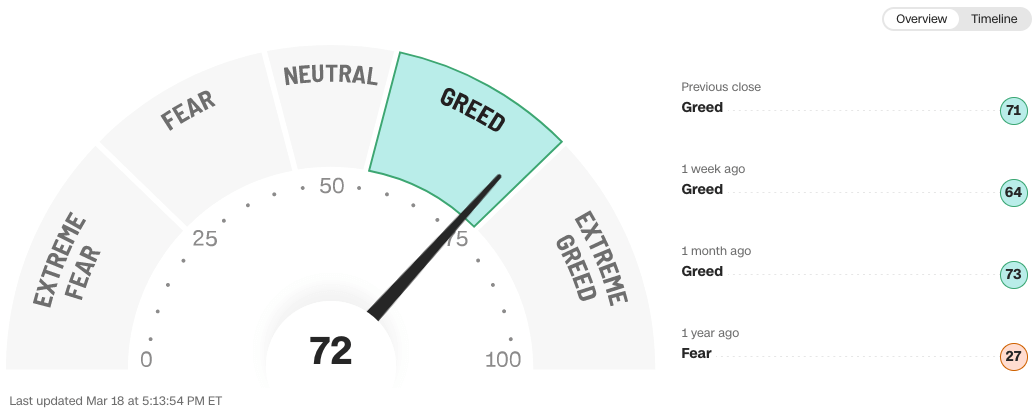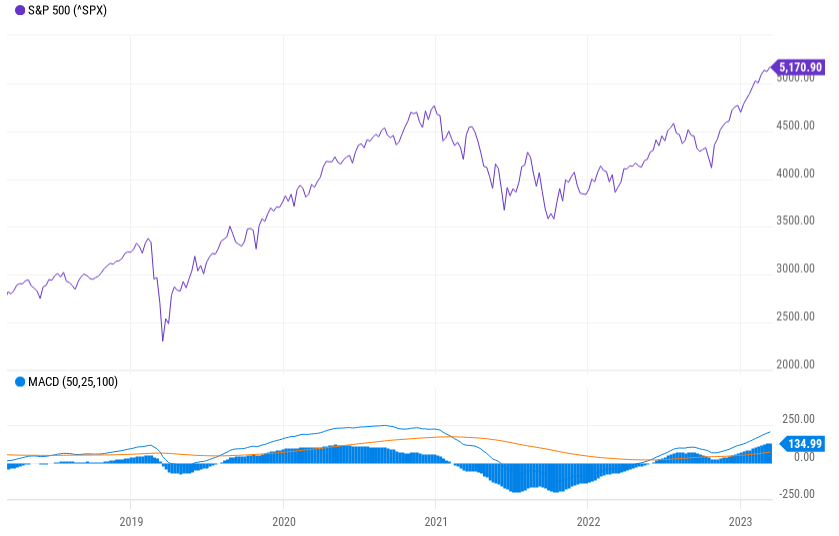Market Overview
This month's models have been posted. There are CHANGES in ALL the MODELS (highlighted in yellow).
A non-techie’s guide to tech stocks
Last month, we ran a take-no-prisoners piece on the Tech sector’s overhyped segments. So it’s only fair – now that we’ve warned you away from investing in companies just because they have a “gee-whiz” factor – that we take a look at some more compelling stories in that space.
Artificial intelligence is a solid theme, as long as it’s not driving your car (yet).
But let’s start where technology must always start: hardware.

We don’t know when Judgement Day is coming, just that it’ll be Nvidia’s fault. Credit: TriStar Pictures
In the chips
We can’t talk about Tech stocks this year without leading with Nvidia (Nasdaq:NVDA). As of this writing, it’s trading around $900 per share, or roughly 80% higher than it started 2024. Impressive? Not when you consider Nvidia’s share price tripled in 2023. This name has been on a rocket ride.
Is it out of fuel? Its current share price is right around the Wall Street consensus, so you’d think brokerages would be telling their clients to hit the brakes. But they’re not. Of 41 analysts following Nvidia, 39 still call it a Strong Buy.
Placing a fair value on any stock is outside the scope of this newsletter, but we can tell you what’s driven the growth so far. The gist of it is, at the high end, microprocessors – computer chips, if you will – are a specialty good, not a commodity. It’s not just a matter of improving their power and speed. Unique use cases require unique solutions, and Nvidia has simply engineered circles around the competition. It started by making graphic processing units, primarily used in gaming computers. It turns out, though, that GPUs provided the breakthrough technology for chips that run all kinds of bespoke computing operations.
XR Today, a news outlet for the virtual and augmented reality niche, has a great roundup of three reasons Nvidia went to the moon.
- Nvidia is riding the generative AI revolution. According to S&P Global, revenues from generative AI applications will surge from a value of $3.7 billion to $36 billion by 2028. The company is well positioned because it’s Nvidia’s own chips that are training ChatGPT, and it commands about 95% of the market for machine-learning GPUs.
- Supercomputers are on the rise. Nvidia’s chips power supercomputers, a market set to reach around $12.14 billion, and the high-performance computing market will potentially reach $85.3 billion. Nvidia chips power Meta Platforms’ and Tesla’s supercomputing projects.
- The metaverse is evolving. With its 3D modeling solutions and omniverse tools for streaming AR and VR content more efficiently, Nvidia is poised to transform the future of immersive tech. This is a niche market right now but experts believe that by 2030 it will be worth more than $345.9 billion.
If that 95% share of the AI market seemed a little gaudy to you, we share your perspective. That rarely holds. For every Google, there are scores of AT&Ts, in part because that’s exactly how regulators like it. And in part because that’s exactly how the markets like it, too. Let’s remember that Nvidia’s customers – Amazon, Microsoft and the like – don’t take kindly to vendor lock-in (unless they’re the ones doing it).
Meta, Google and Amazon started making their own chips, so we’ll see how much longer they buy Nvidia’s. Nvidia has turned this into a full-court game, though, by spinning up its own cloud hosting platform intended to rival Amazon Web Services and Microsoft Azure.
Just because Nvidia left competing chipmakers Intel (Nasdaq:INTC) and Advanced Micro Devices (Nasdaq:AMD) behind doesn’t mean these players are just going to roll over. They have their own plans to catch up. Both these names – and particularly AMD – have done well over the past 52 weeks.
And if you think there must be a back door into the chip market, you’re right. Even so, you’re not the first one to think of it. Lam Research (Nasdaq:LRCX) makes the machines needed to manufacture chips. Its stock price virtually doubled during 2023 and is still going strong as of this writing in early March 2024.
Much of what can be said about Lam can also be said about KLA Corp. (Nasdaq:KLAC). Rather than make the actual production tools, though, it makes the process controls that provide the chips’ quality assurance.
Best of the rest
It’s worth noting that four hardware plays -- Nvidia, AMD, Lam and KLA – constitute three of the seven best-performing tech stocks of 2023, as reported by NerdWallet. The other three are worth a mention here:
- Broadcom (Nasdaq:AVGO) is also hardware-adjacent. It makes that layer of software that sits right on top of the chip so that it can communicate with the rest of the software stack as well as such other hardware as network routers. Broadcom has made a lot of strategic moves lately which make year-over-year or quarter-over-quarter comparisons difficult, but Bank of America’s analyst credits its "unique combo of product cycles [and free cash flow] generation/returns."
- Crowdstrike (Nasdaq:CRWD) is a cybersecurity software developer that “benefits from the rising demand for cyber-security solutions due to a slew of data breaches and the increasing need for security and networking products amid the growing hybrid working trend,” according to Zacks Equity Research.
- MongoDB (Nasdaq:MDB), which develops a database management system, is taking a breather after its share price doubled in 2023. That is despite nothing but kind words from the Wall Street pros. "With a still underpenetrated [total addressable market], increasingly complemented by Gen-AI tailwinds, we continue to view MongoDB as uniquely positioned to sustainably grow revenue +20% with healthy margin expansion," according to Goldman Sachs.
At the close
Let’s zoom out for a moment because the whole “stick close to the hardware” narrative is both oversimplified and confining. Instead, let’s move beyond total addressable markets and free cash flow and analyst sentiment. These are indicators of relative success, not success itself.
Deloitte recently published an insightful report about technology trends. To sum it up, the real driver of technology companies is … all the other companies. “Convergence” is the report’s big, metaphysical word. Of the 500 mid-market tech firms surveyed, 70% said their businesses have an asset that could be monetized outside of their sector.
“Tech is the unifying thread as the lines between humans and machines, traditional industries and their competitors, and customers and their suppliers continue to converge," says Deloitte Consulting principal Brett Davis. “That a significant share of companies [is] devoting resources to exploring growth in industries beyond their own tells us that employees, leaders, and boards see opportunity and value through convergence.”
That greatly broadens the pool of companies that stand to benefit from the same dynamics that are driving Nvidia’s growth. So whether you want to invest directly in the hardware, or the bottom-of-the-stack software, another technology niche or some unexpectedly synergistic play in a more traditional sector, it’s helpful to take input from a trusted financial advisor.





